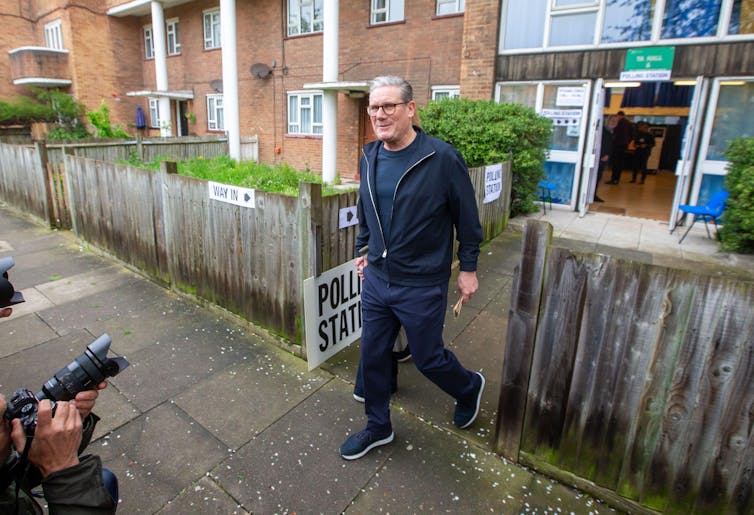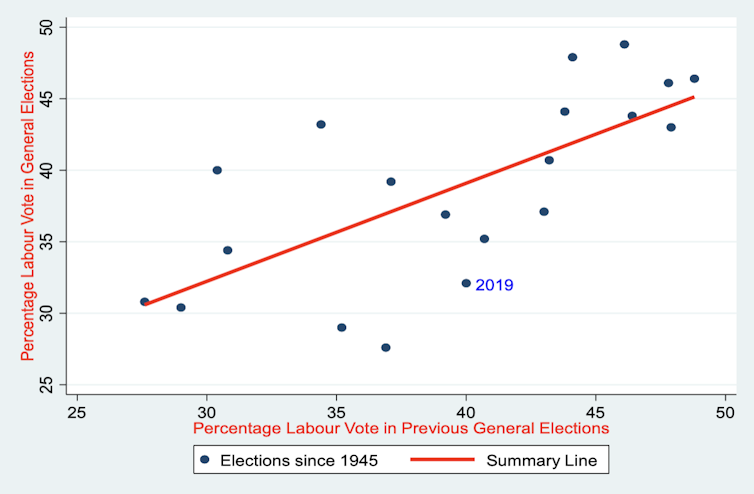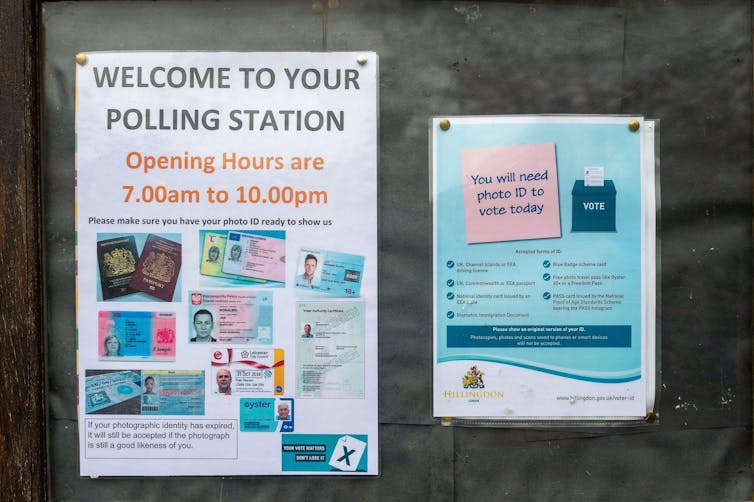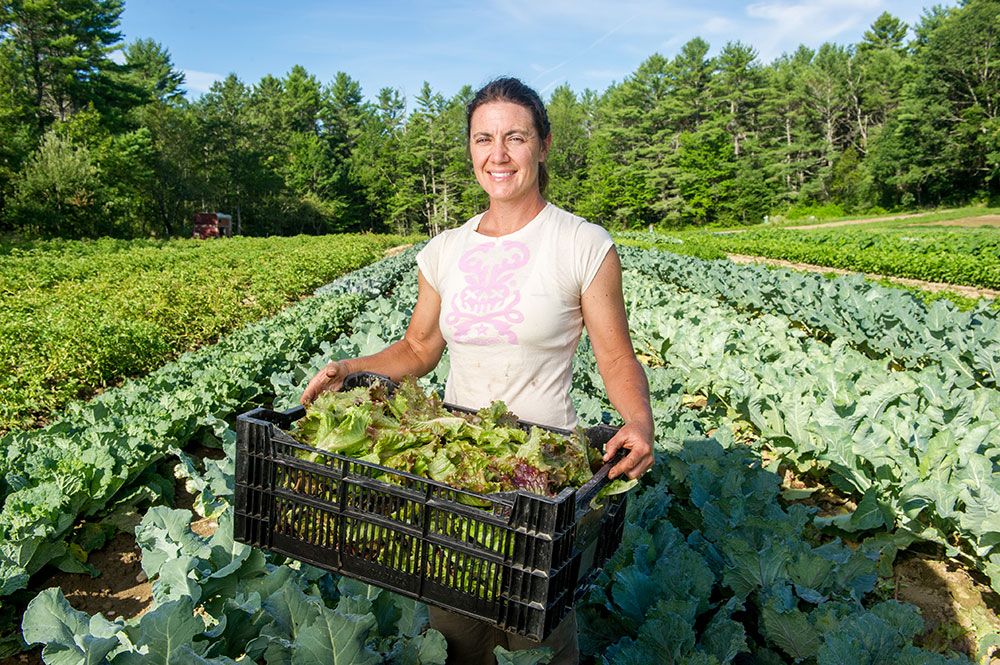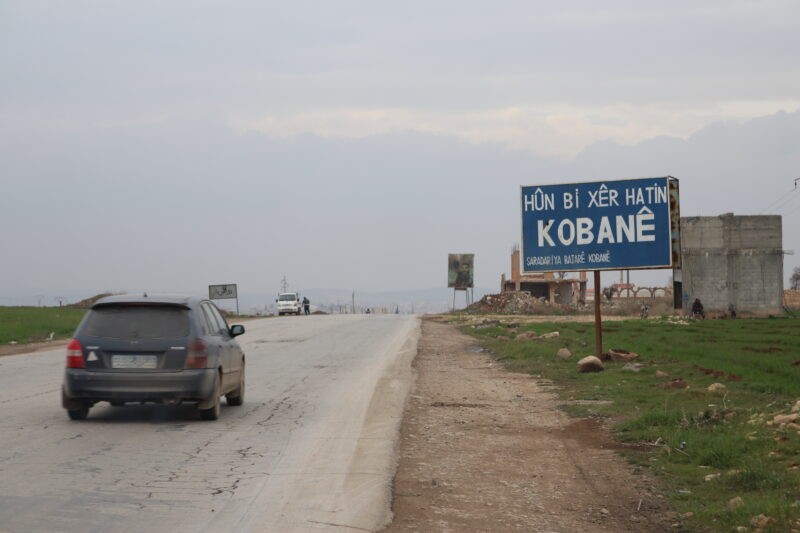By Caitlin Doornbos
Published May 3, 2024
WASHINGTON — Maybe Kristi Noem should just put the pen down.
For the second time in a week, the glamorous South Dakota governor has made shocking claims in her upcoming book, “No Going Back” — this time, that she met with North Korean dictator Kim Jong Un while a member of Congress.
The only problem? It never happened, The Post has confirmed.
In a galley excerpt obtained by The Post, the 52-year-old Noem includes Kim in a laundry list of world leaders with whom she claims to have come face to face, either while governor or while serving in the House of Representatives for eight years.

“I’m sure he underestimated me,” Noem writes of Kim, who has ruled North Korea with an iron fist since 2011, “having no clue about my experience staring down little tyrants (I’d been a children’s pastor, after all.).”
Noem writes that the meeting took place while she was a member of the House Armed Services Committee, on which she served from 2013 to 2015.
However, Kim did not leave the confines of North Korea while in office until 2018, and there is no evidence of any member of Congress publicly or secretly traveling to the Hermit Kingdom during the period specified by Noem.
“I don’t see any conceivable way that a single junior member of Congress without explicit escort from the US State Department and military would be meeting with a leader from North Korea,” George A. Lopez, a North Korea expert and professor at the University of Notre Dame, told the Dakota Scout, which first reported on Noem’s questionable Kim claim.
“There’s no way,” Benjamin Young, another prominent observer of North Korea and an assistant professor at Virginia Commonwealth University, told the outlet. “There’s no way.”

Noem also raised eyebrows among veteran North Korea watchers by referring to Kim as “president,” when his formal title is “chairman.”
When contacted by The Post Thursday, Noem spokesman Ian Fury initially said the governor “will not be discussing the details of her meetings with world leaders.”
“If she wanted to share those, she would have outlined them in the book,” he added.

Several hours later, Fury sent an additional response, saying that Noem’s publisher “will be addressing conflated world leaders’ names in the book before it is released.”
In addition to Kim, Noem said she had met with Chinese President Xi Jinping, Jordan’s King Abdullah II, Israeli Prime Minister Benjamin Netanyahu and then-UK Prime Minister Boris Johnson.
The latest controversy comes less than a week after Noem all but killed her chances at becoming former President Donald Trump’s 2024 running mate by admitting in the same book that she executed a 14-month-old dog named Cricket whom Noem says she “hated” in part because the animal was “untrainable” as a hunting dog.
While Trump has not spoken publicly about Noem’s claims, she faced fierce backlash from Republicans and Democrats alike when the news broke.
South Dakota Gov. Kristi Noem is facing more concerns about her book.
The Republican team's admits that Noem's claim she met North Korean leader Kim Jong Un is inaccurate.
Former UN Ambassador Nikki Haley's team is strongly disputing Noem's account.
South Dakota Gov. Kristi Noem is facing concerns about her forthcoming book beyond her bizarre anecdote that she killed the family's 14-month-old dog because it was too aggressive.
Politico reported that in the book, "No Going Back: The Truth on What's Wrong with Politics and How We Move America Forward," Noem claims to have met North Korean leader Kim Jong Un when she served in Congress.
Noem's spokesperson admitted to the publication that the governor's claim was wrong.
"We've been made aware that the publisher will be addressing conflated world leaders' names in the book before it is released," Noem spokesperson Ian Fury told the publication. A Noem representative did not immediately respond to Business Insider's request for comment.
The South Dakota governor has seen her political standing crater in recent months just as she needed to showcase her skills if she wanted to become former President Donald Trump's running mate. Noem's book tour offered a perfect opportunity to put a capstone on her veepstakes shadow campaign. Instead, it is nearing disaster territory.
Noem has for days defended her decision decades ago to kill a 14-month-old dog named Cricket. She has defended disclosing the previously unknown story as a way of illustrating how she'll make tough decisions. In response, even fellow Republicans and Trump allies have tried to distance themselves from her.
Related stories
Does Kristi Noem even want to be Trump's vice president?
Who's Kristi Noem trying to impress by bragging about killing her dog?
"I've always been a strong advocate of a woman as VP, because I think you have some strong women — although maybe Kristi Noem is maybe a little too based," former White House strategist Steve Bannon told Donald Trump Jr. on Trump's "Triggered" show.
The Kim mixup isn't even the only new concern about the book. Politico reported that Noem recounts a conversation with former UN Ambassador Nikki Haley. In Noem's view, Haley was subtly threatening her during a 2021 conversation about the governor's political career.
"Hi, Governor, this is Ambassador Nikki Haley, and I just wanted to introduce myself and have a conversation," Noem wrote of the talk. "I just wanted to let you know that I follow you quite a bit. I have heard quite a bit about you, and you are doing a good job there in South Dakota. I was thinking that maybe you might like a mentor, and maybe I could be someone who could do that for you."
Noem adds that Haley then promised to keep her aware of she heard any bad things about the governor.
""Let me be clear,' she added. 'I've heard many good things about you. But when I do hear bad things, I will make sure that you know. I've enjoyed talking to you. We will visit soon. Goodbye.' Click."
After the conversation, Noem claims she called an aide.
"'I think I was just threatened by Nikki Haley?'" Noem wrote of what she said.
Haley's camp strongly disputes Noem's characterization. A spokesperson for Haley, who challenged Trump for the 2024 GOP primary, also claimed that Noem got the year of the conversation wrong. It was a year earlier, in 2020.
"Nikki has long called and written notes supporting other women when they go through challenging times," Haley spokesperson Chaney Denton told Politico. "She called Governor Noem in 2020 to encourage her when she was criticized for keeping her state open during Covid. How she would twist that into a threat is just plain weird."


